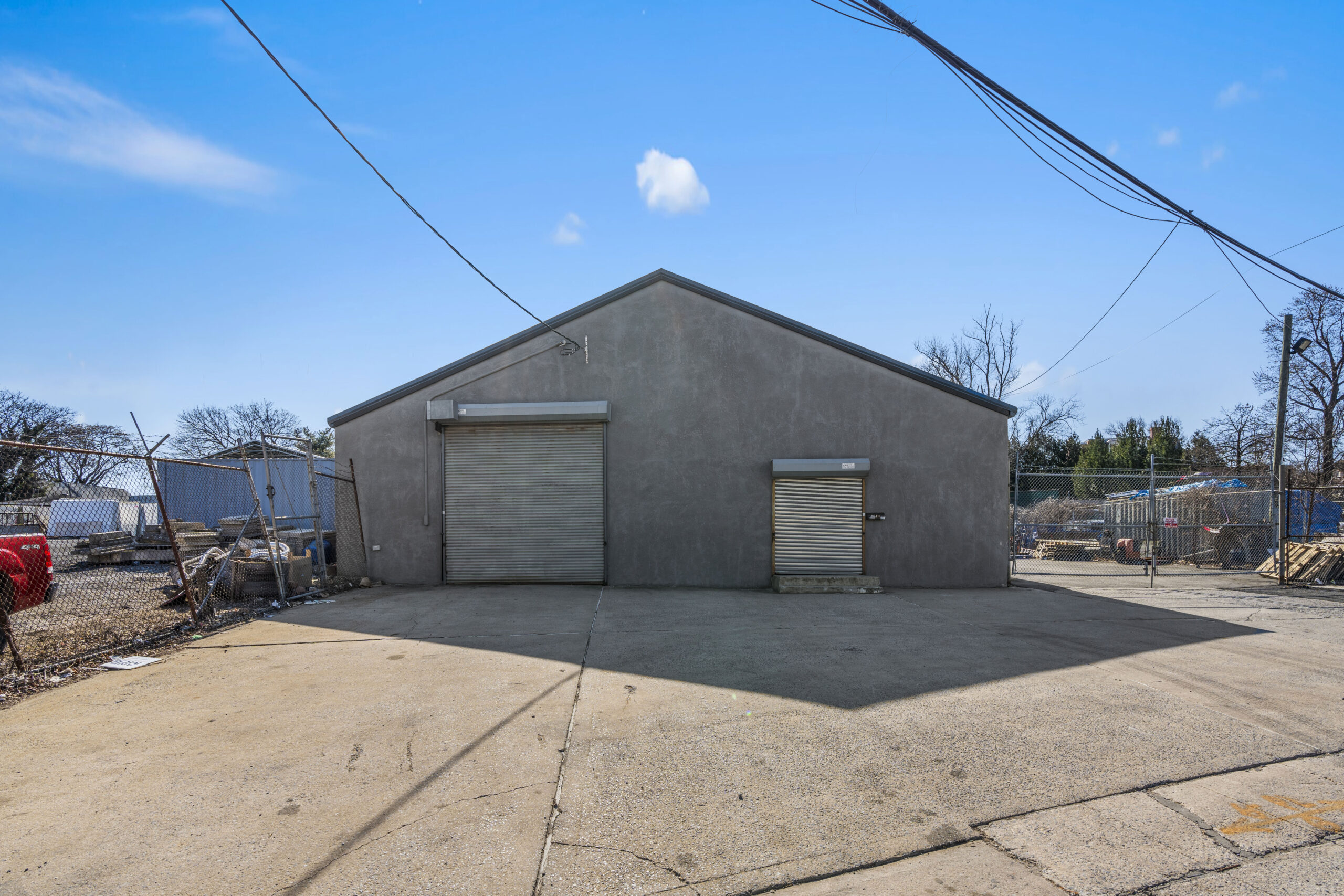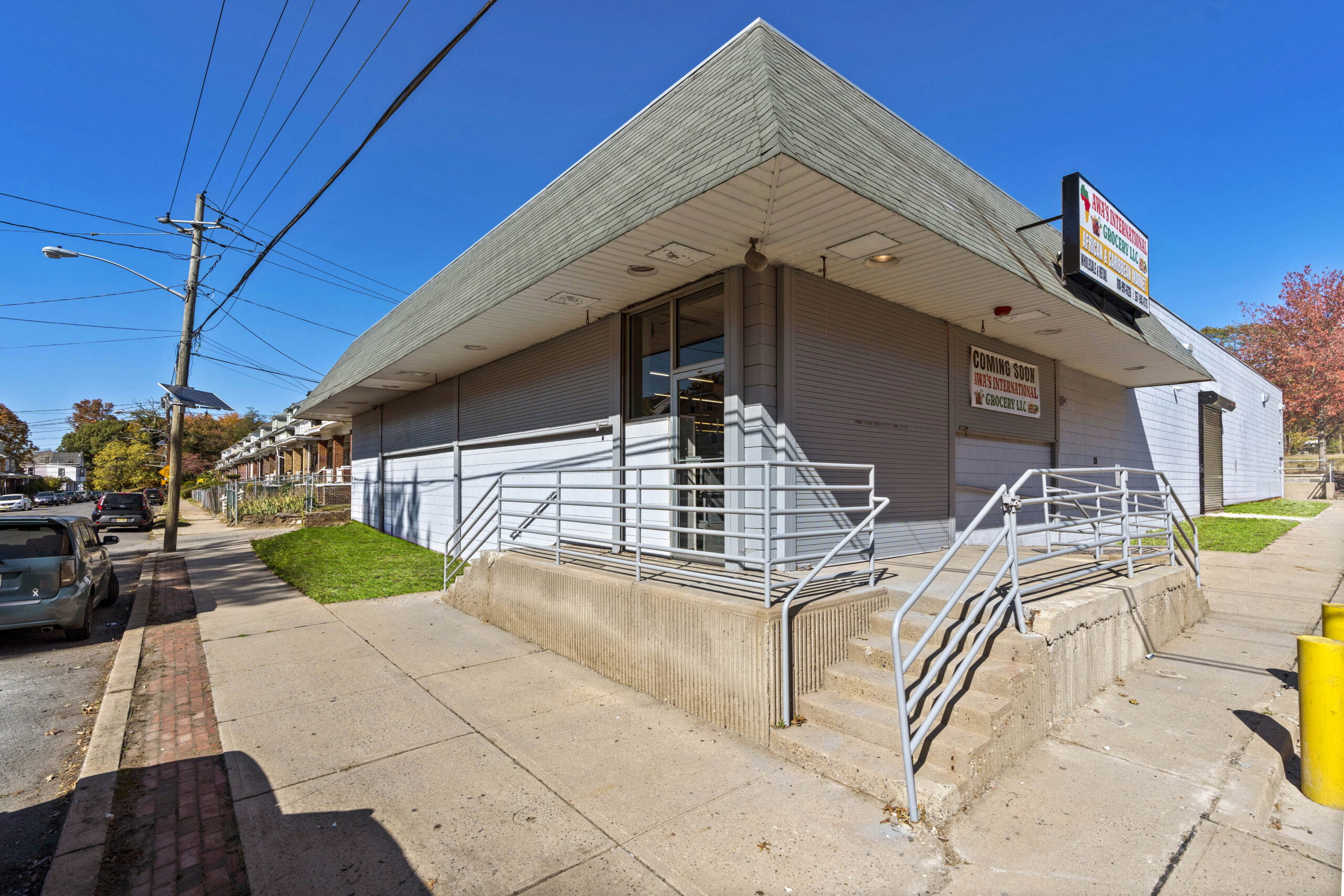1. Contact Your Insurance Provider
If your house has flooded, the first thing you should do is contact your flood insurance company. This should be your insurance provider that specifically handles floods: most traditional home insurance policies do not cover such an occurrence.
Instead, you likely have insurance either directly or indirectly through the FEMA National Flood Insurance Program. You want to get your insurance company provider involved as soon as possible. Flood damage can be enormously expensive and debilitating.
You’ll want to be able to get all the help you can get, and that means getting insurance involved right away. Even if you don’t have much information yet, just letting your insurance provider know that a flood has occurred can get the overall process started. You can check out this blog for more information.
2. Be Safe and Smart
Once you’ve alerted your insurance company of the flood, it’s time to start getting a feel for the damage. But this kind of inspection has the potential to put you in a great deal of danger.
If you had to leave your home during the flood, wait until you get the okay from local authorities before attempting to return. Failure to do so could put you in contact with fallen power cables and submerged yet dangerous surfaces. It’s best to stay away until all is deemed safe.
When you do return to your home, make sure to dress for success. Wear heavy duty-boots and a mask if possible. Be careful about entering any rooms stilled flooded, and ensure all electricity is definitely off before entering.
Be aware that flood water often contains many germs and contaminants. You should avoid contact to the extent possible. Avoid interacting or attempting to remove mold or mildew on your own for the same reason.
3. Take Photographs & Collect Evidence
As you conduct an initial inspection, attempt to take as many photos as possible while remaining safe. Ensuring you have solid evidence of the damage done to your home can prove very helpful when submitting a claim.
If you can, take samples of carpet or walls affected by the flooding. Holding onto these pieces as evidence can be a great idea as the process moves forward.
Failing to take pictures before starting the recovery process could end up affecting the amount of coverage you receive. So make sure to snap some digital photos and keep them somewhere where you can easily access them.
Back-ups and copies are never a bad idea either!
4. Begin the Clean-Up Process
With these important steps out of the way, you can begin what will be the bulk of the work: restoring your home. Once you get the a-okay from your insurance provider, begin to remove all excess water from the home.
You could call in professionals to do this for you, or you could use a wet vac from a hardware store to suck the flood water up and out of your home. Open doors and windows to let fresh air into the home, granted that this won’t allow new water in.
As mentioned previously, it is very important that you wear the proper clothing and protection if you decide to clear floodwater from your home on your own.
5. Dealing with Mold
Mold can form as a result of flooding within 24 hours of a disaster. If an item has been wet for less than 48 hours, there’s a chance it might still be able to be saved. But if items have been soaked or submerged for longer, there’s a good chance you’ll need to throw them out for your own safety.
You can attempt to scrub away and prevent the growth of mold on objects by using a mix of bleach and standard detergent. This can work on non-porous materials, though porous items like rugs, carpets, and other such things will likely need to be tossed.
Make sure to take photographs of items you decide to get rid of for your files. They can be just as important when it comes to deciding your compensation later on.
6. Begin Repairing Your Home
Once everything has been dried or tossed, you can begin to fix up damage that has been created by the flood. You should first and foremost focus on any leaks that were created, as fixing these can prevent a similar situation from occurring again.
If you hire a contractor to come in and do repairs, make sure to keep records of your discussions and the work done. Have before and after pictures, keep receipts, and even document the conversations you have with your contractor if you can.
All of these things will contribute to your claim process down the line.
Fixing Up a Flooded House
No one wants to see their home swept away by a natural disaster, but it does happen. The above steps can help you feel more prepared about what to do in the case of a flooded house.
Need more advice or tips for homeowners? Keep browsing our blog for more info.








Leave a Comment